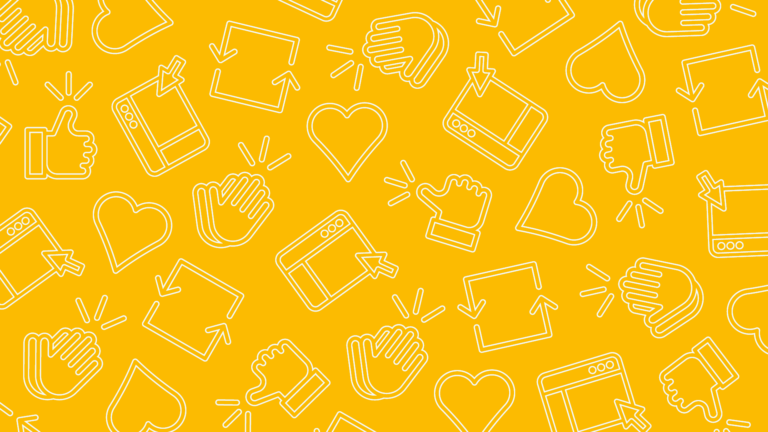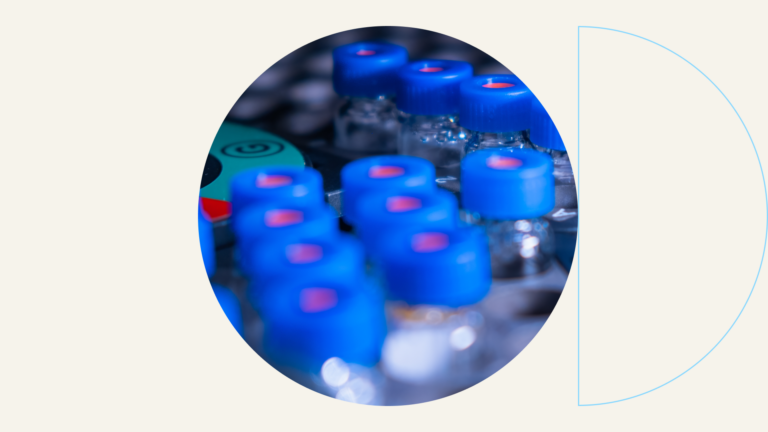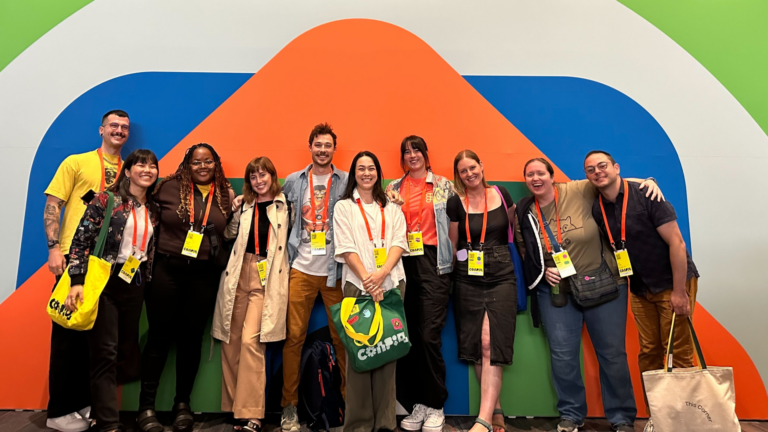The Interface is The Product

Several months ago, a new service called App.net crowd-funded its way into existence. At least 10,000 people were willing to pay $50 a year ($36 now) for what–at first–is essentially an advertising-free version of Twitter. Ultimately, App.net aims to be a platform on which developers can build whatever they like by using the service’s API (something Twitter is clamping down on)… but these are early days.
I was one of those first 10,000 and have to admit I didn’t find a whole lot of value. Nobody I knew was on the service and the thought of starting from scratch to build up a base of followers was daunting. In addition, the service’s web interface was basic at best and the third-party clients available at the time weren’t very inspiring. Just recently though, Tapbots released Netbot, an App.net-flavored version of their popular Tweetbot Twitter client.
I’ve used Tweetbot exclusively for well over a year and love it. The vast majority of my interaction with Twitter is via my iPhone or iPad and that’s all done through Tweetbot. So with the release of Netbot, I found new interest in App.net. Suddenly, everything that was daunting and strange was comforting and familiar. My participation in the App.net community increased.
It’s this change that made me realize that, for me, Tweetbot is Twitter and Netbot is App.net. Of course there are underlying networks and technologies that enable this, but at the end of the day, the interface through which I’m interacting with those is the app and that app is what I identify with far more than the service or platform. As an aside, this one reason why Twitter is locking down their API and forcing 3rd-party clients off their platform. It’s also one reason that App.net exists. Twitter wants to be the sole source of Twitter. App.net wants to empower others to leverage its platform.
All of this brings us around to what we do here at Think Brownstone. Often we see companies who, with the best of intentions, force their customer interactions into silos that reflect the business departments or profit centers. While this may make sense for the company (the platform), there’s no guarantee it aligns with the customer’s goals. Instead, think of your interactions with customers as your app – your Tweetbot/Netbot. Discover your customers’ goals and what they’re hiring you to do. The front end of your interaction (what the customer sees) should first and foremost help them to achieve those goals with a minimum of friction. The back end of your interaction (how you fulfill the customer’s request) is where you earn their trust and future business. That second part is the heavy lifting, but the first part (the interface) is what the customer identifies with your company. If you can remove the burden of bridging goals and fulfillment from your customer’s shoulders and deliver on their request, then I’m willing to bet you’ve earned yourself one very loyal customer.



